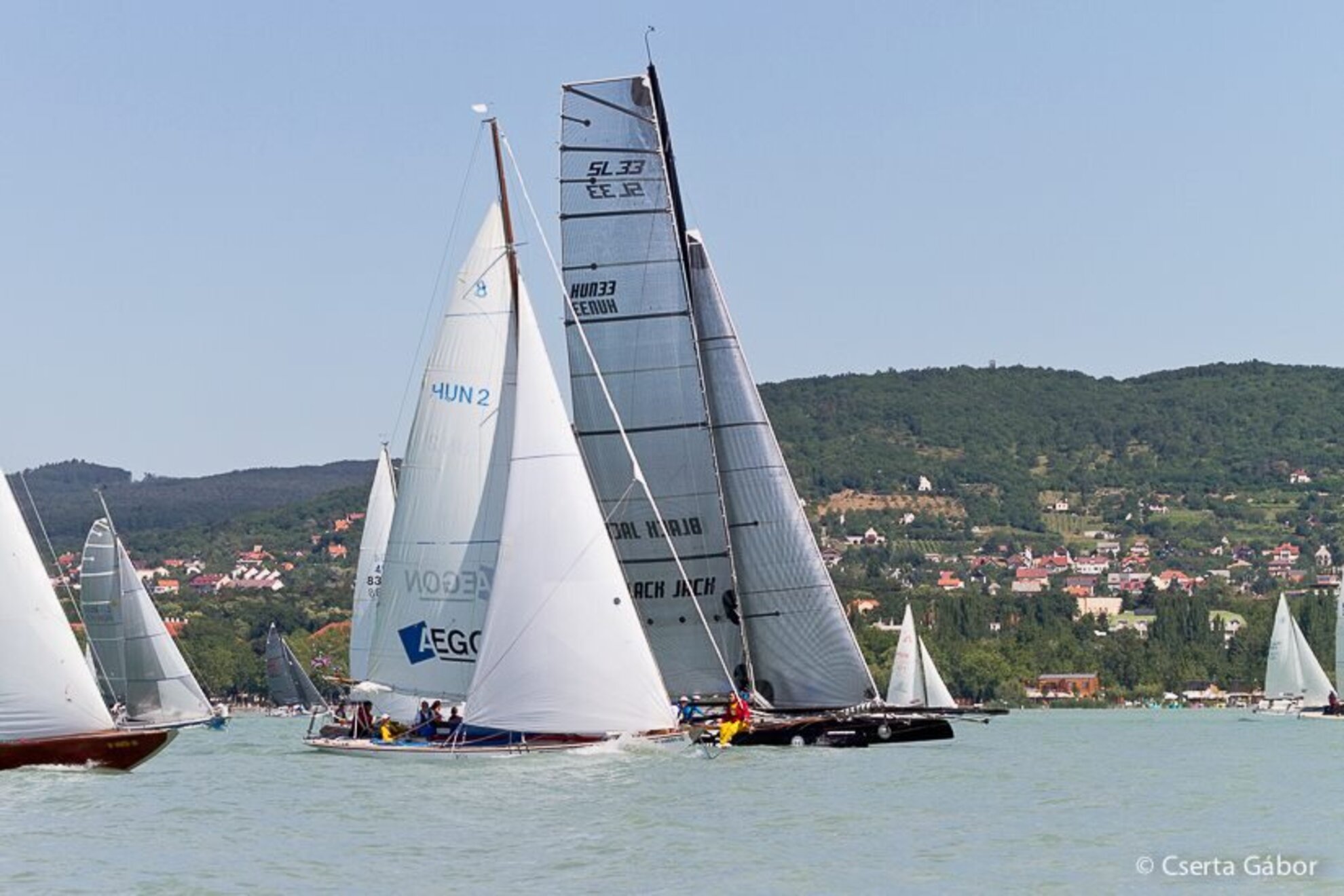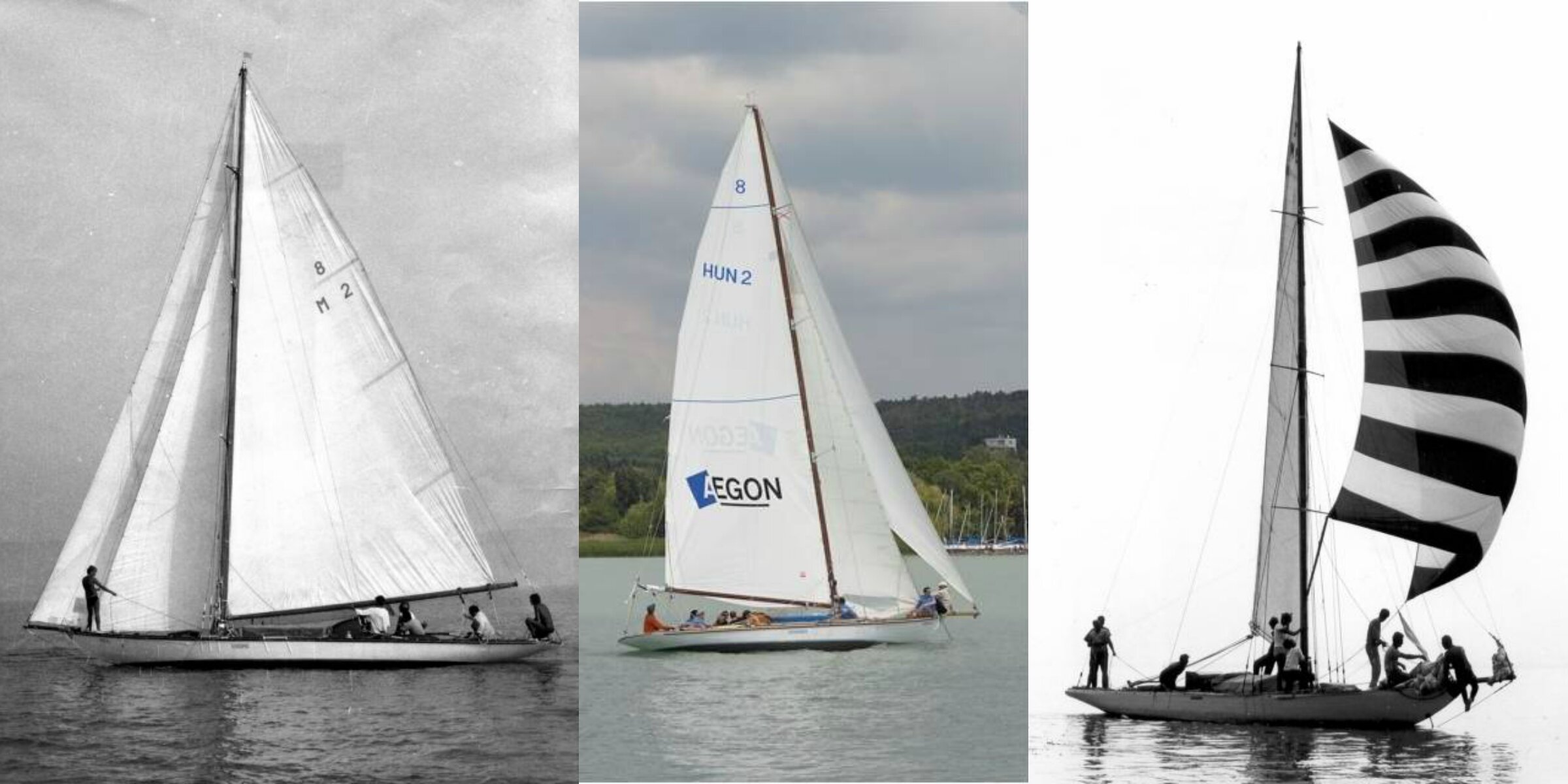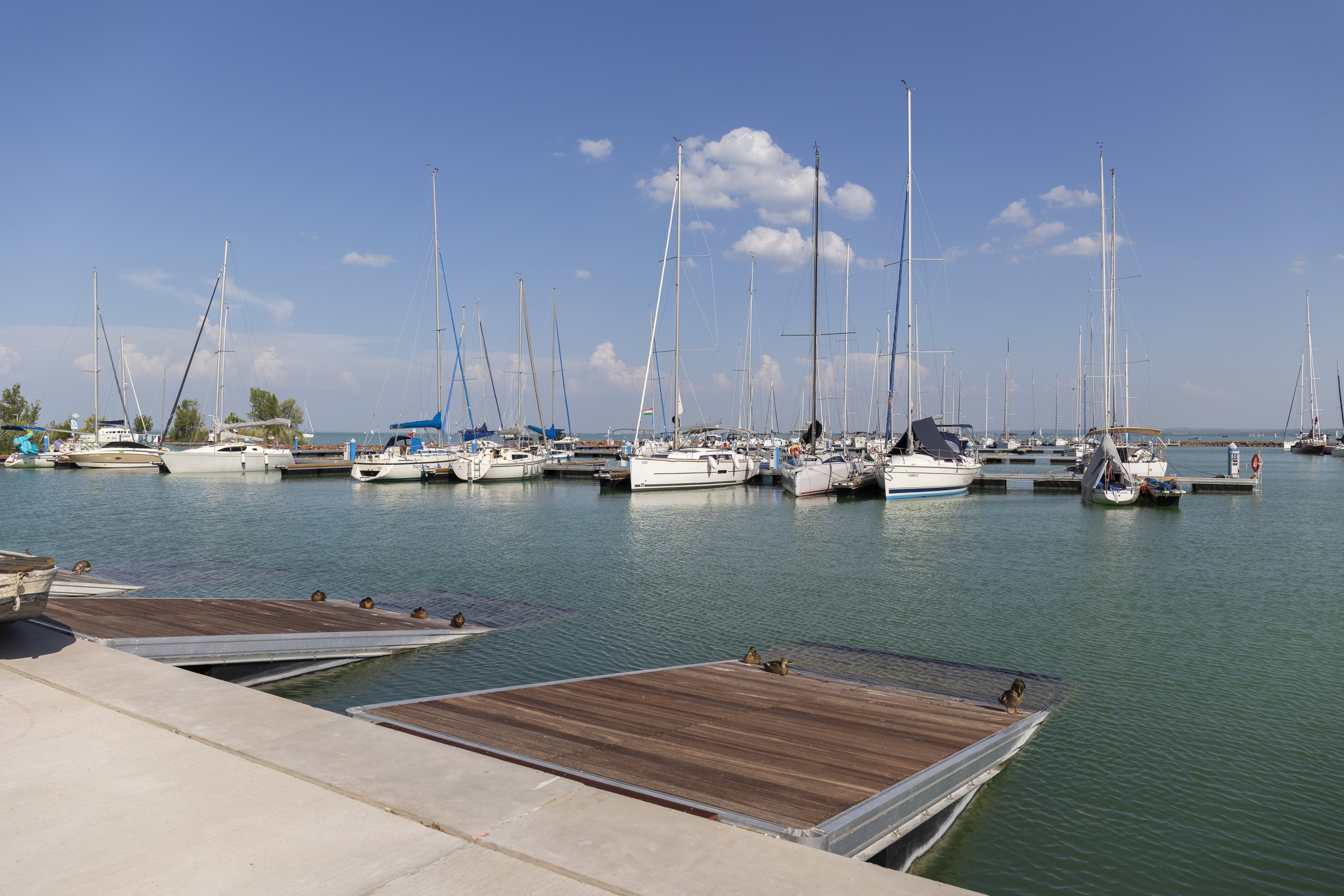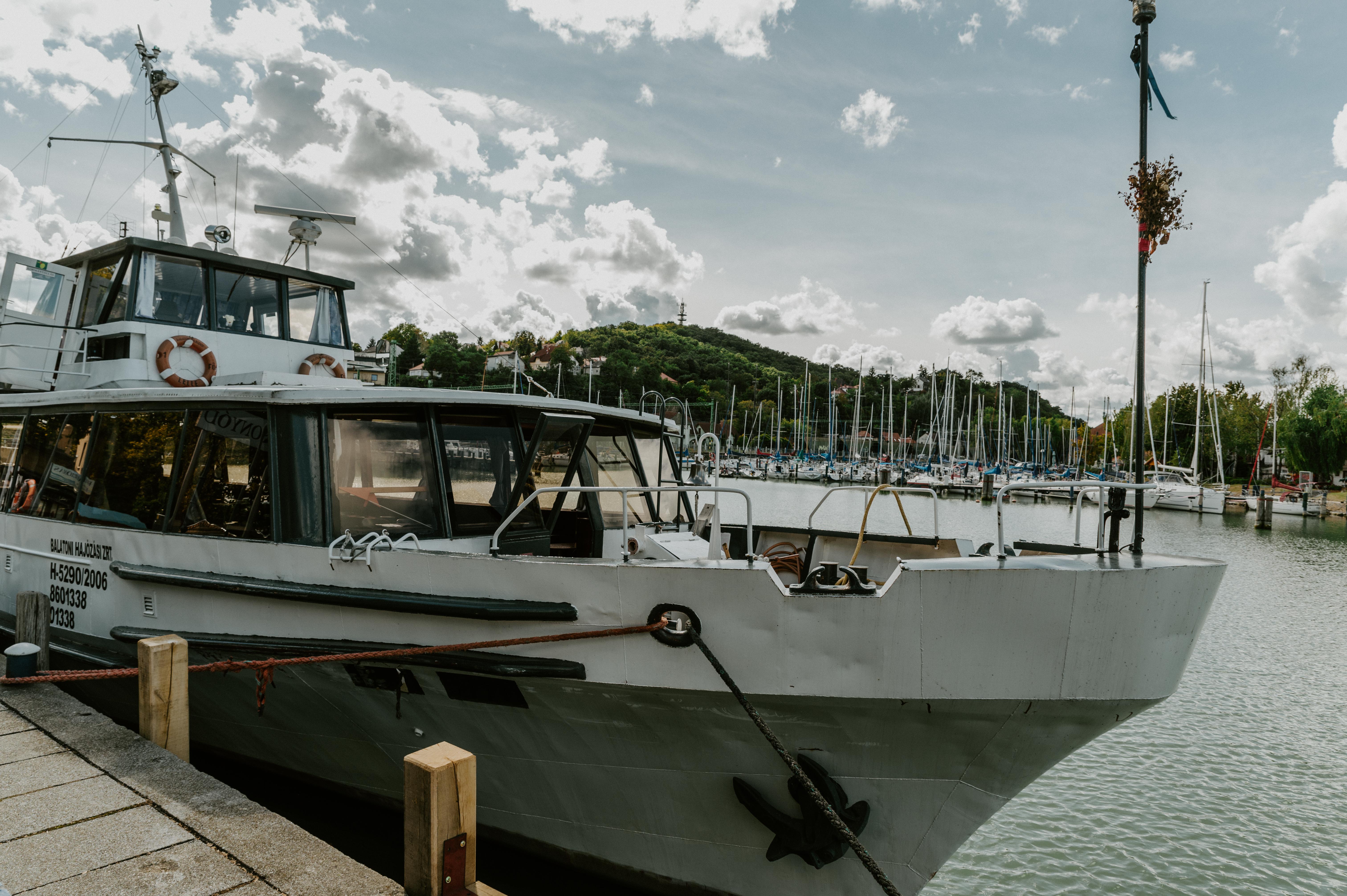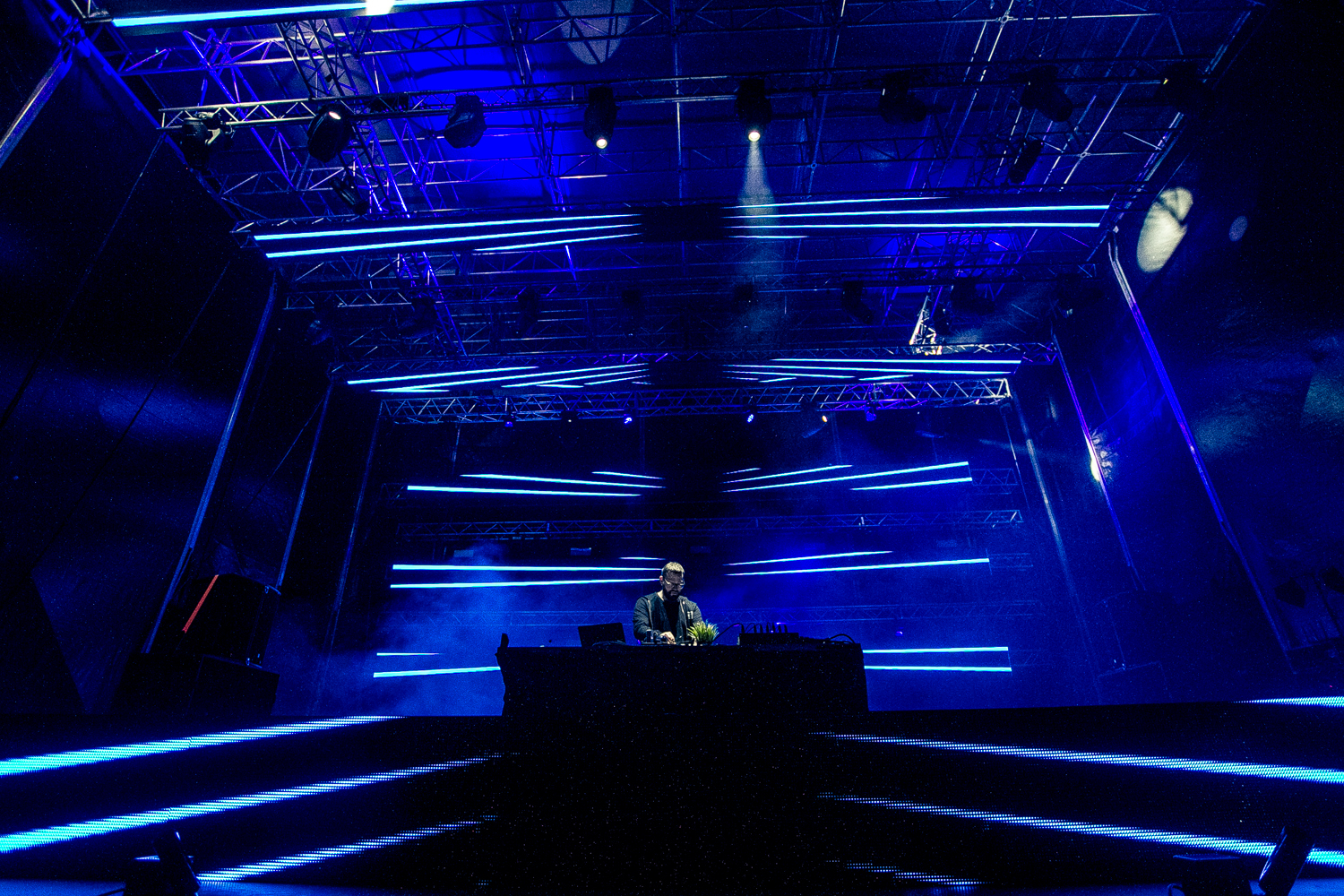Cruisers are the crown jewels of the Balaton sailing world: the slender hull, often constructed of wooden planking, cuts easily through the waves with its narrow bow, while the white sail hoisted on the tall mast can propel the boat especially fast in stronger winds.
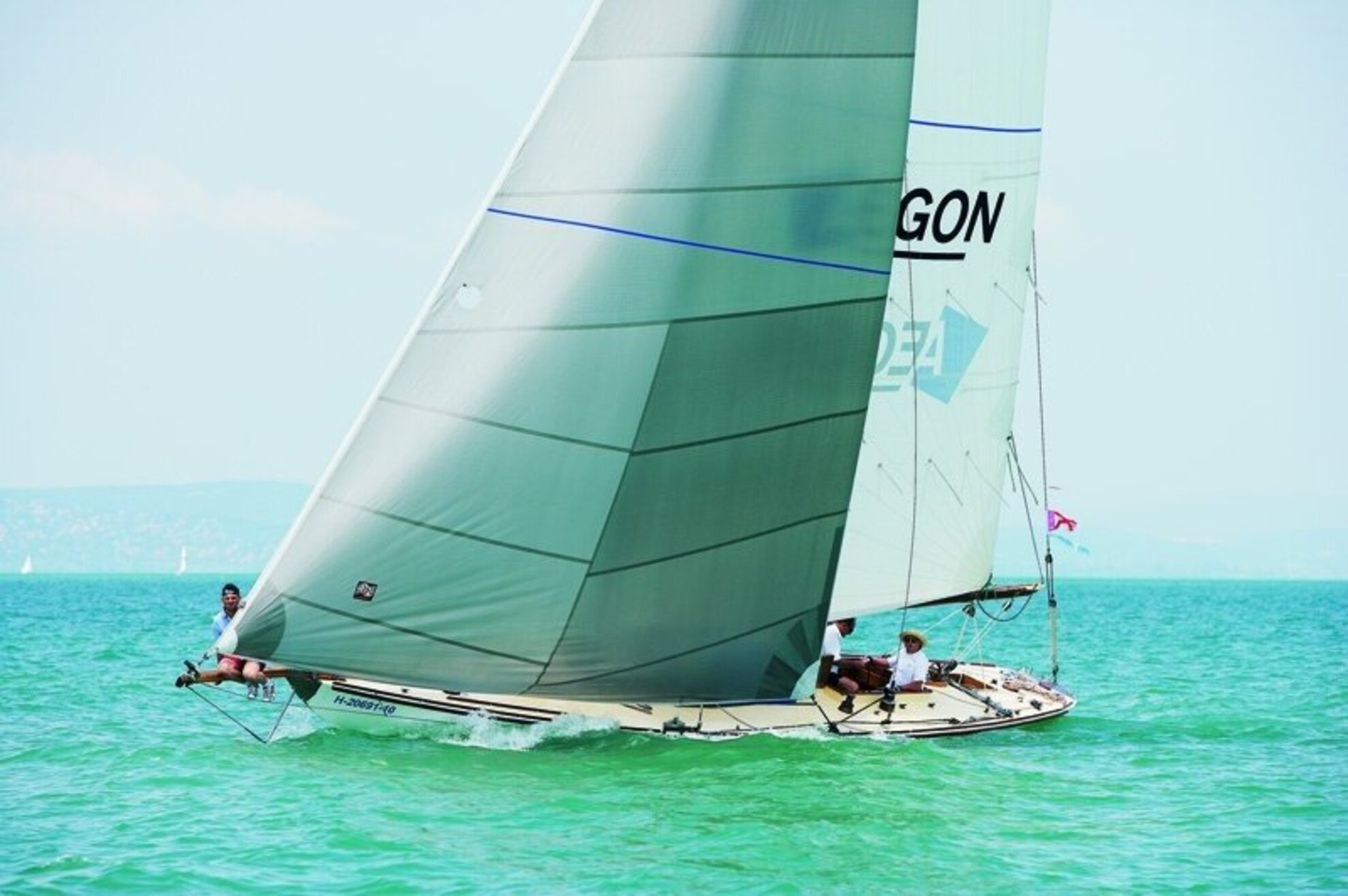
Kishamis, the speedy little devil
Not only has Kishamis been around for decades, it’s also the oldest sailboat still in use at Balaton, possibly even in the whole of Europe, turning 120 next year. The B cutter sailboat was built in 1896 in line with the plans of Scottish Michael Emil Ratsy, who modeled it on the America’s Cup-winning vessel Defender. Kishamis was built by Hungarian and English shipbuilders at the Balatonfüred Shipyard. There were three similar vehicles constructed at Balaton: Mariska, Irma and Sárgarózsa.
Several cutters were assembled in the same period as Kishamis, as Queen Elisabeth was planning a visit to Balatonfüred in the year of the millennium, and the ship-owning gentlemen of the area wanted to use the boats to impress her. In the end, Sisi never came, but Princess Stéphanie did, staying at the lake for more than a week. Kishamis had been owned by the Széchenyi family until the events of WWII finally spread over to the Balaton region. Kishamis was used by Count Emil Széchenyi and later Pál Széchenyi – in 1920 the latter steered the boat to victory in the race of four lakes, including Balaton, Attersee, Chiemsee and Ammersee. As cutters were regarded as the speed machines of the time, Kishamis scored one victory after the other.
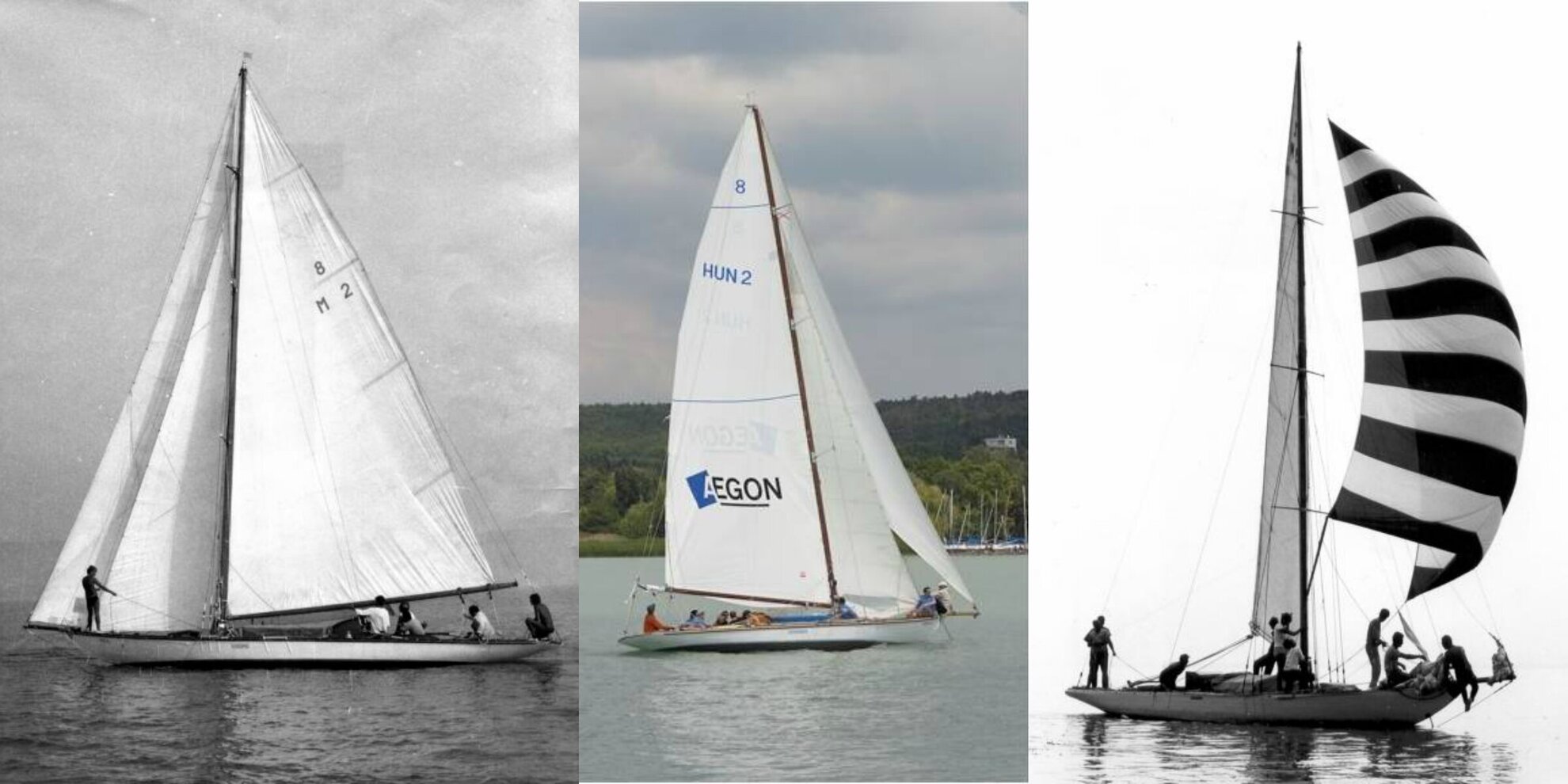
While WWI did not cause much trouble at Lake Balaton, WWII was a terrible blow to the sailing world. German troops set up camp on the north shore, the Soviet soldiers settled down on the south, and in the fall of 1944 the Germans ordered all vehicles suitable for water transport to be destroyed. In the following months, lots of ships and shipyards were burned to the ground, and the three siblings of Kishamis were not spared either.
Wanting to salvage Kishamis, the workers of the Füred Shipyard, who also made up the permanent crew of the famous cutter, came up with a daring idea: on a late night in the fall, they sailed the vessel to the deepest part of the lake off Tihany, struck a hole in the bottom and sunk it. The war came to an end in the spring of 1945, the sailboat was lifted out of the lake and was renamed Kronstadt after the Russian seaport – as was customary at the time. As the funds for renovating the ship were not available, in the next couple of years the sailboat lived under a tarp in a solitary storehouse.
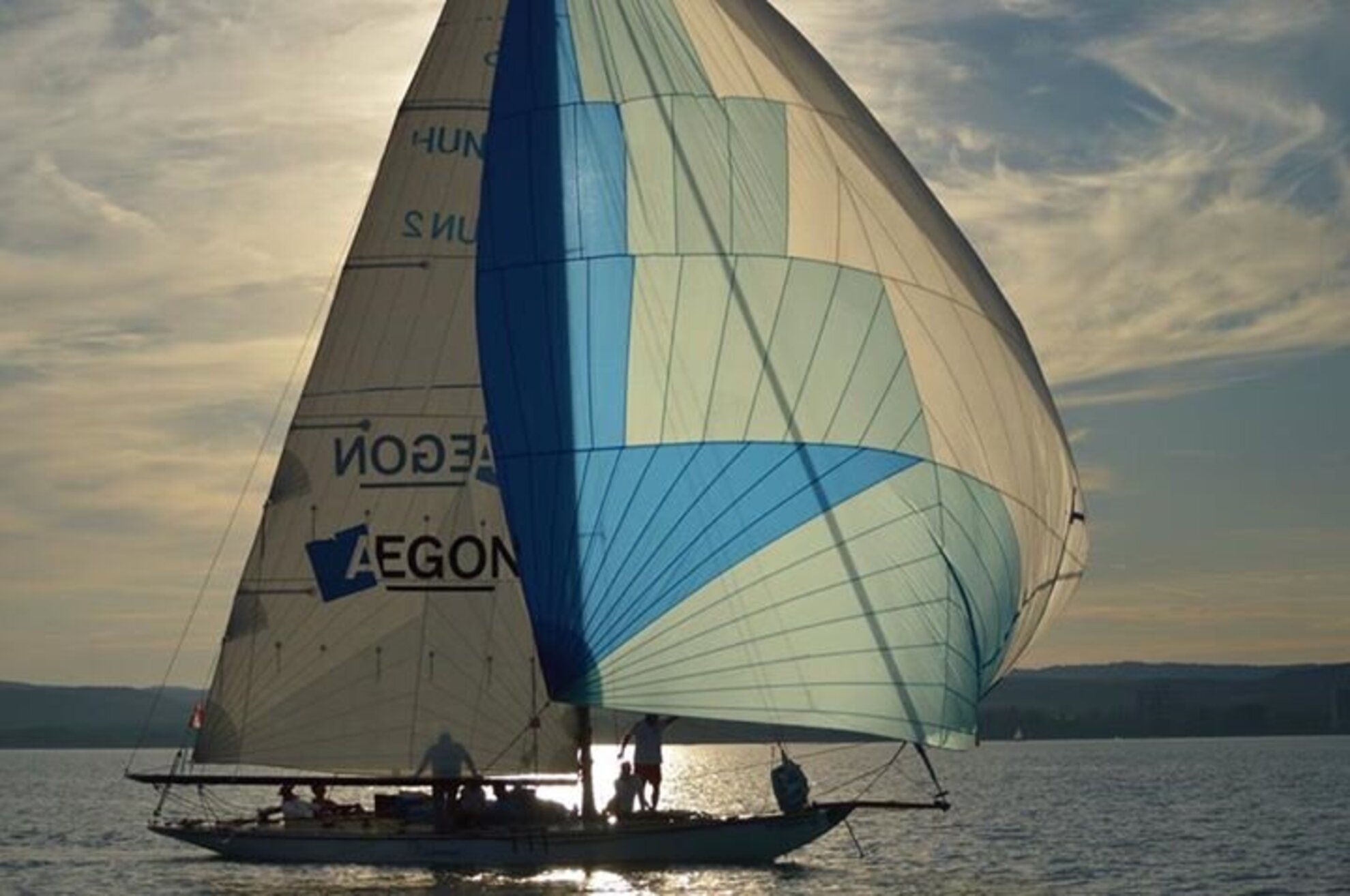
Russian pine theft
The planning of the ferry port in Tihany began in 1953; that’s when hydraulic engineer Zoltán Szilvássy recognized Kishamis during a visit. He appealed to the water management committee to save the oldest sailboat of Balaton from rusting away on the shore, and the committee was willing step in, helping to fund the renovation of Kronstadt aka Kishamis in the spring. It ended up at the sailing department of MEDOSZ in Siófok, being part of the fleet made up of two Kalóz and one Star vessels. Back in the day, the Siófok marina had no pier, so Kishamis was moored to a buoy, and could only be accessed with a small rowing boat, which is incidentally still in use, operating as a fishing boat.
The construction of the Siófok clubhouse in 1962 managed to reinvigorate the local sailing community. Now known as Kishamis, the boat was regularly used in races from 1956, with renovation lobbyist Zoltán Szilvássy and Boldizsár Vass at the helm. The function of the sailboat, however, could not be unanimously decided: the trade union wanted to convert Kishamis into a cruise ship, so the members hatched a plan to occupy it, and in an unguarded moment pushed the crew, who were training for a race, into the lake. Boldizsár Vass lodged a complaint with MEDOSZ, and was luckily successful in securing Kishamis, still exceptionally beautiful and fast, for a more refined task than cruising around the lake.
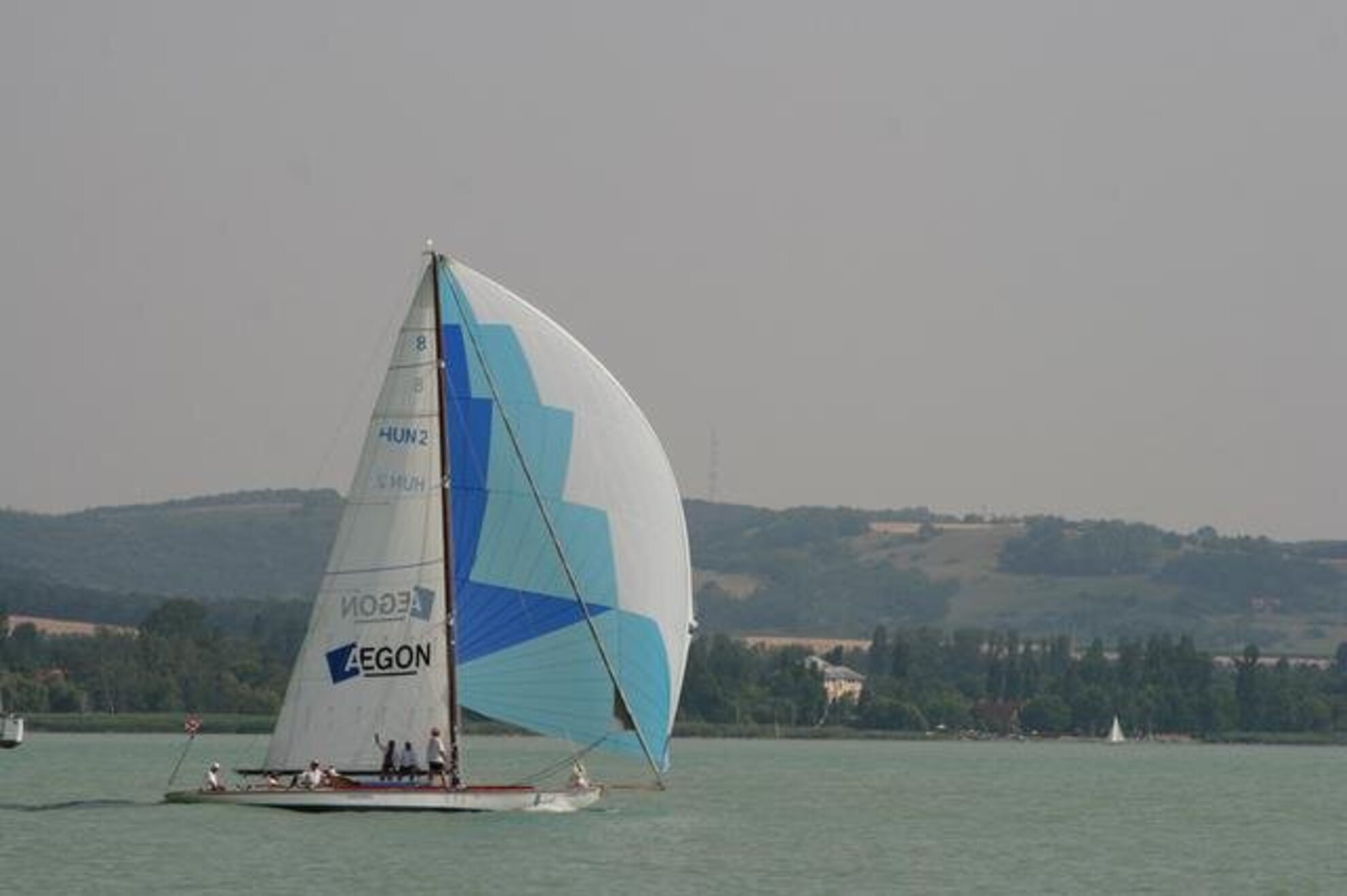
In the 1970s, Kishamis went through extensive renovation once again. Unfortunately, the night the materials for the big project arrived, the Russians swapped the pine for some weaker wood with a lower resin content, and fungi started appearing on the hull within two years. To rectify this unfortunate development, the boat was covered with plastic panels in the mid-70s, but the wood needs to be treated with linseed oil every year to stop it from rotting, which is a long and difficult task, as the oil must be applied between the planks by hand. Since the end of the 1950s, the sailboat has had quite a few helmsmen, including György Hrehuss, Dr Péter Pásztó and Pál Hrehuss. György Hrehuss, the grandfather of Botond, took charge of the vessel in 1996.
They know where to set sail on the south shore
The hull measures 12.65 m long, while the bowsprit is 2 m. The 16.75 aluminum mast can accommodate a wide range of sails: the crew has 11 kinds of cruising sails, eight spinnakers and 3 different mainsails at their disposal. The first spinnaker of Kishamis, a striped cotton sail is cherished to this day: it once served as a blanket for the entire team at a Balaton regatta. The mainsail is 52 m2, the biggest spinnaker is 184 m2, and the 6.75-tonne lead keel 1.82 m below the water ensures that the boat doesn’t topple over.
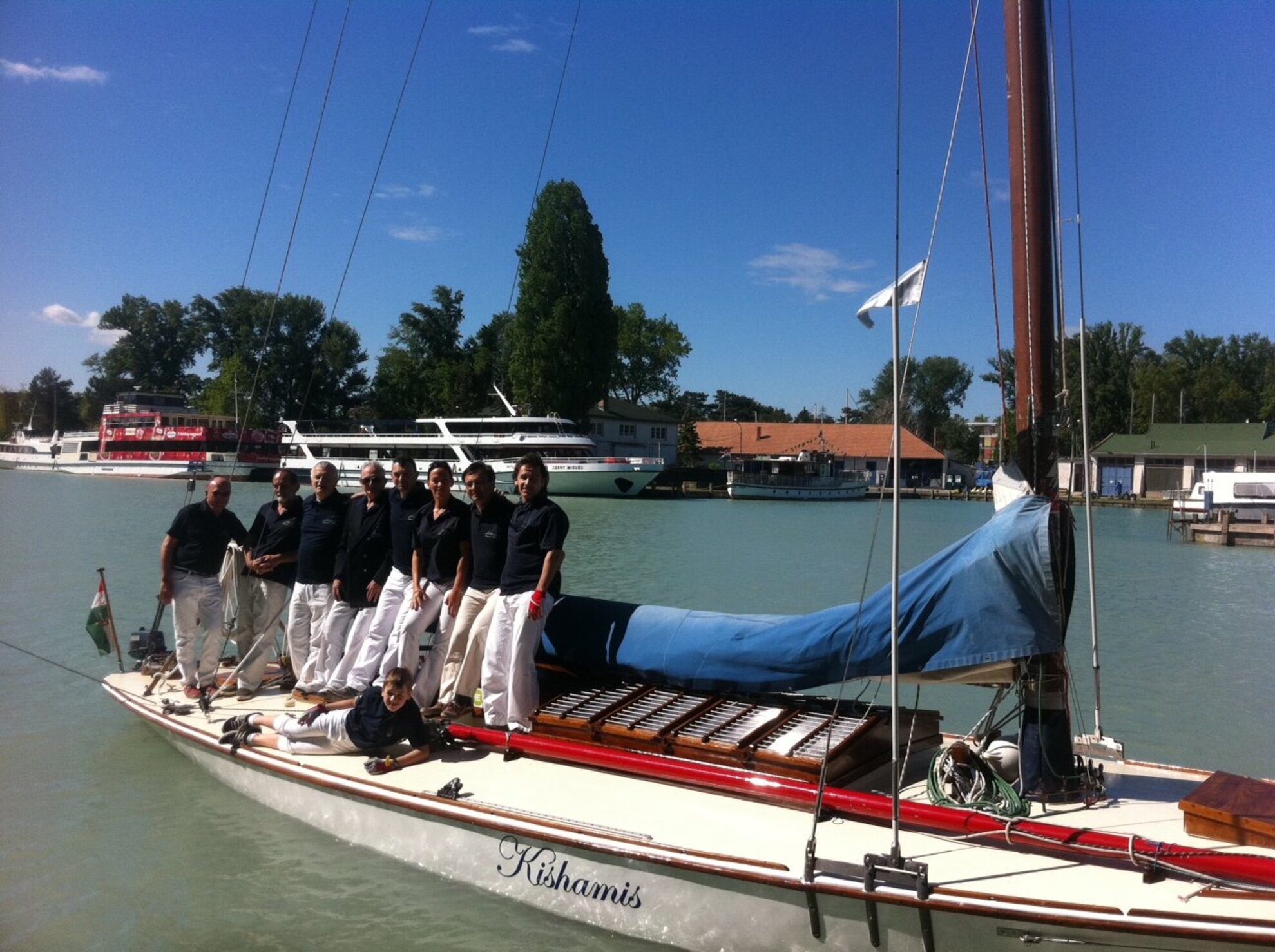
The Kishamis crew comprises 13 members, with 5-7 people manning the boat at the individual races. They are regular participants of course and tour races alike, such as the Consolidated Cruiser Championship where they came in second last year. Their skipper’s wealth of knowledge comes in especially handy at tour races: over the past six decades, György Hrehuss has explored the various depths of Balaton, making sure that the boat can glide along the shallower regions of the south shore waters.
The Kishamis team has never been an overall winner at the Kékszalag regatta, but they came in second and third on multiple occasions. They won Fehér szalag in 1992, which was absolutely at par with Kékszalag at the time: the two races covered the same route in different directions, one being organized in odd years, the other in even ones. Moreover, in the late 90s, the crew entered the Balaton Marathon race several times – the participants had to complete eight and a half circles around the lake without stopping. One time they were racing neck and neck on the last few kilometers with the sailboat Róza, steered by helmsman Bence Litkey, the father of Farkas Litkey. In the age of multihull boats and carbon wonders, it’s fairly unlikely that Kishamis will ever triumph in the overall competition of the Kékszalag race, but this year it emerged victorious from the consolidated cruiser class.
